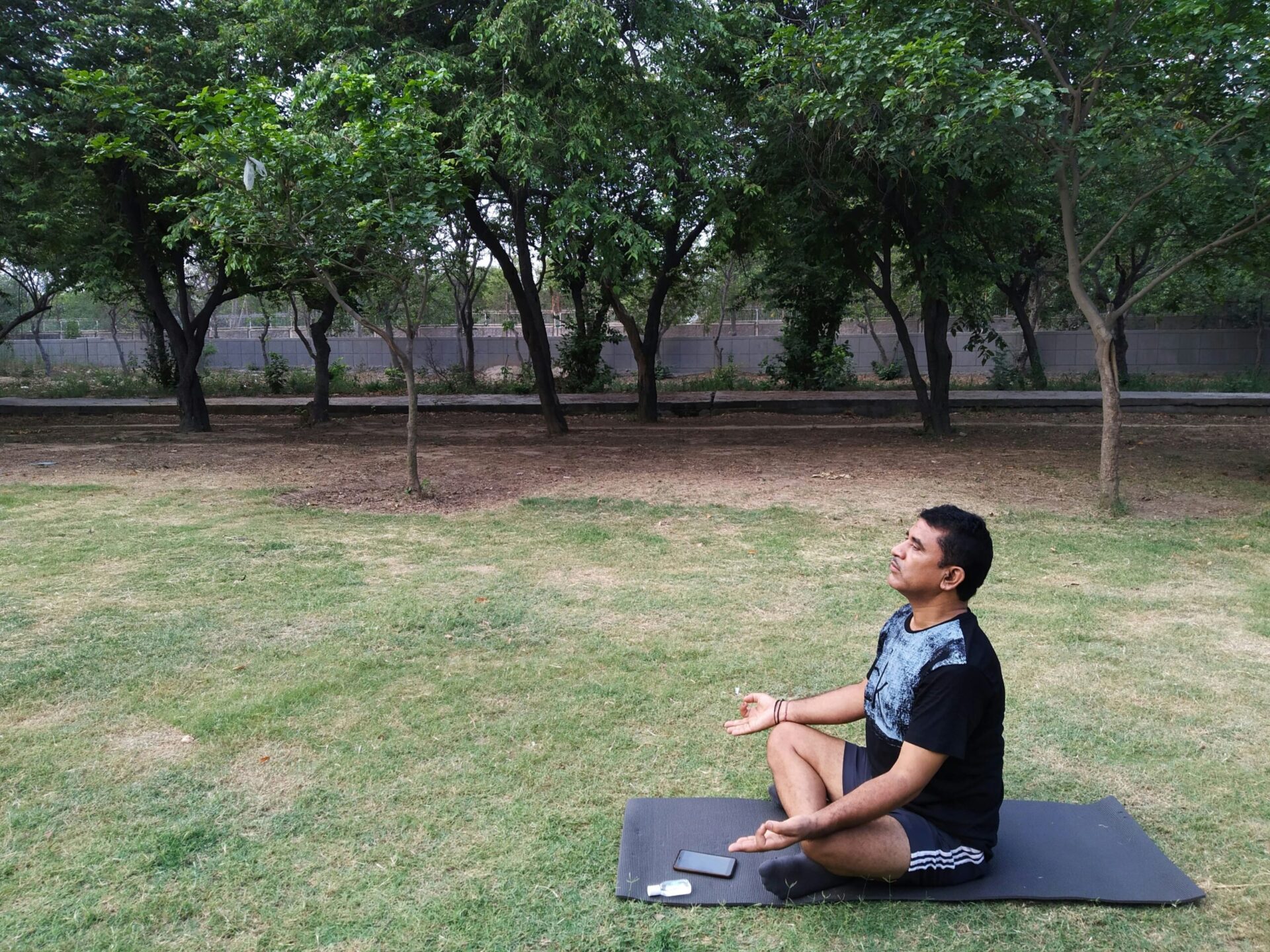The global yoga market has witnessed exponential growth, especially with the rise of social media and online platforms. As more people seek holistic wellness, yoga has evolved beyond being a mere physical activity, it has become a sacred art of connecting the mind, body, and soul. In the United States alone, more than $11 billion is spent annually on yoga-related activities, and the demand for yoga teacher training programs has skyrocketed.
For many, yoga represents an escape from the monotony of a 9-to-5 job, providing an opportunity to build a meaningful career. If you dream of becoming a certified yoga teacher, Nepal offers a wealth of yoga retreats and yoga teacher training course in Nepal that can help you achieve this goal. However, the path to becoming a yoga teacher is not without its challenges. Here are some essential insights to guide you on your yoga teacher training journey in Nepal.
Let Go of Your Expectations and focus on Yoga Teacher Training Course
When starting yoga, many novices believe it’s all about mastering complex asanas (yoga poses). This can lead to unnecessary stress and self-doubt, particularly when you feel you’re not “good enough” at a pose or worried about others’ judgments. The truth is, yoga teacher training isn’t just about perfecting poses—it’s a deep spiritual journey. Let go of expectations, focus on your personal growth, and enjoy the process without obsessing over the results.
Leave Your Ego at the Door
As you progress in your yoga practice, you may become proficient in certain asanas. However, yoga teacher training goes beyond physical postures—it’s about cultivating concentration, spirituality, and discipline. Instead of relying on your existing knowledge, approach each practice with humility and an open mind. Great yoga teachers don’t just master the physical practice; they embody the deeper philosophical teachings that yoga offers.
Make Books Your Companion
Yoga teacher training is not just about asanas and breathing exercises; it also requires a thorough understanding of ancient texts, philosophy, and physiology. In Nepal, a typical training program includes studying prayers, mantras, Vedas, dhyan (meditation), and more. A well-rounded knowledge of these subjects will help you understand yoga as a holistic system of health and wellness. The depth of knowledge you acquire during your training will separate a good yoga teacher from a truly great one.
Feel Free to Explore
Starting yoga teacher training can feel overwhelming. You may find yourself lost in the sheer volume of information and practice. But remember, you’re not alone—everyone goes through this phase of confusion. Be patient, and trust that with time, the pieces will fall into place. Don’t hesitate to ask your mentors for guidance when you feel stuck. Embrace the process and enjoy the journey of discovering yoga’s profound wisdom.
Take Care of Yourself
Yoga teacher training is physically demanding. You’ll likely spend several hours each day practicing postures and breathing exercises. These practices can be intense, so it’s important to listen to your body and avoid overexertion. Warm up before each session and rest when necessary. If you experience discomfort or sprains, don’t hesitate to seek medical attention. Taking care of your physical health will ensure that you get the most out of your training.
Understand the Purpose of Your Training
Before embarking on a yoga teacher training course, it’s essential to reflect on your purpose. Are you looking to deepen your personal practice, or are you preparing to become a professional yoga teacher? Having a clear understanding of your goals will help you stay focused and motivated throughout the course. As you progress, you’ll likely discover new objectives that will shape your path and change your perspective on life.
Take Care of Your Diet
Yoga teacher training requires energy and focus, so maintaining a healthy diet is crucial. Most yoga schools in Nepal offer vegetarian meals that nourish both the body and mind. Before your training, consider adopting a plant-based diet to prepare your body for the demands of your practice. A balanced diet will enhance your energy levels and support your physical and mental well-being.
Conclusion: A Life-Changing Journey Awaits
Embarking on a yoga teacher training course in Nepal is more than just a physical transformation—it’s an opportunity for profound personal growth. As you immerse yourself in the teachings of yoga, you’ll develop not only as a teacher but also as an individual. You’ll meet like-minded people, form lasting connections, and gain a deeper understanding of life’s purpose. Yoga teacher training in Nepal will undoubtedly be one of the most rewarding experiences of your life. So, take the leap, embrace the journey, and allow yoga to transform your mind, body, and soul.







